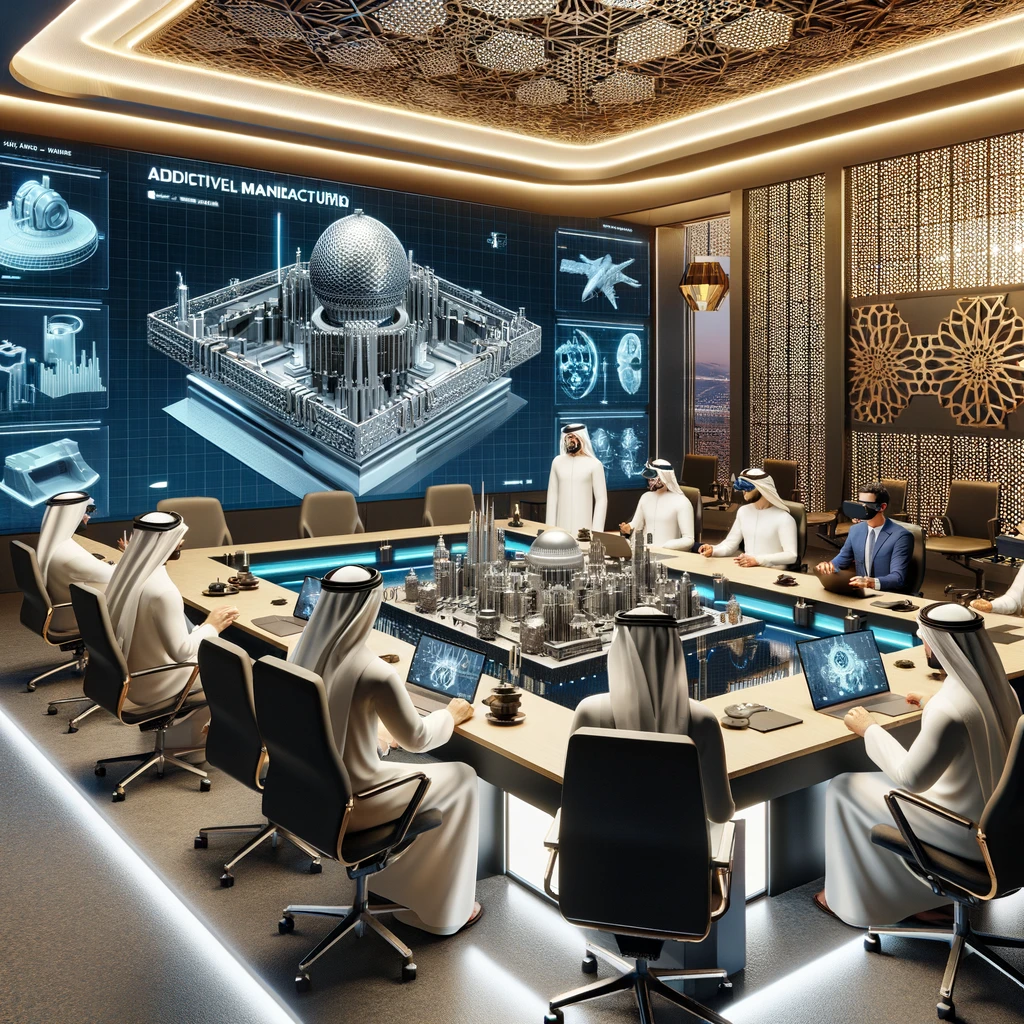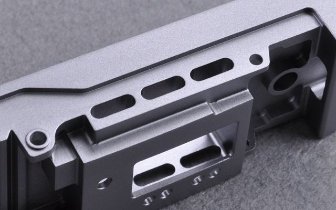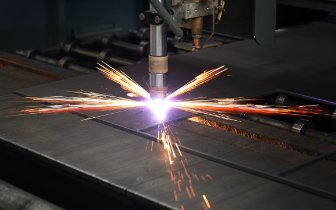Technological Advancements
The AM industry in the MENA region is witnessing groundbreaking technological innovations that extend beyond traditional manufacturing processes. Advancements in 3D printing technologies, such as metal printing, bioprinting, and the use of composite materials, are enabling more complex and durable components to be produced faster and more cost-effectively than ever before. These technologies are not just revolutionizing the way products are designed and manufactured but are also paving the way for new business models and services.
Industry Adoption
Industries within the MENA region, including aerospace, automotive, healthcare, and construction, are increasingly integrating AM technologies into their operations. For aerospace and automotive, the ability to produce lightweight, complex components offers significant advantages in performance and fuel efficiency. In healthcare, personalized medical devices and prosthetics manufactured through 3D printing are becoming more prevalent, offering tailored solutions that improve patient outcomes. The construction industry benefits from reduced material waste and the ability to create structures that were previously impossible to build.

Challenges and Opportunities
Despite the optimistic outlook, the AM sector in MENA faces several challenges, including the need for more specialized talent, standardization of processes, and regulatory hurdles. However, these challenges also present opportunities for growth and development. For instance, the demand for specialized talent underscores the importance of investing in education and training programs tailored to AM technologies. Similarly, the need for standardization and regulatory frameworks offers the chance to lead in the establishment of global best practices.

Governmental Support and Initiatives
Governments across the MENA region are playing a crucial role in the advancement of AM by launching initiatives aimed at promoting research and development, education, and adoption of these technologies. These initiatives often include funding for AM startups, partnerships between educational institutions and industry to develop skilled workforces, and the establishment of innovation hubs focused on 3D printing technologies. Such governmental support is essential for overcoming barriers to adoption and fostering an environment conducive to innovation.
Conclusion
The future of Additive Manufacturing in the MENA region is marked by exciting possibilities and potential hurdles that need to be navigated. As the region continues to embrace these technologies, it stands on the cusp of a manufacturing revolution that could significantly impact its economic landscape, environmental sustainability, and technological innovation. The AM Lab, with its focus on advancing manufacturing technologies and fostering connections between customers and manufacturers, is at the forefront of this transformative era, championing the 'Made in the UAE' initiative and setting a benchmark for quality and innovation in the AM industry.







